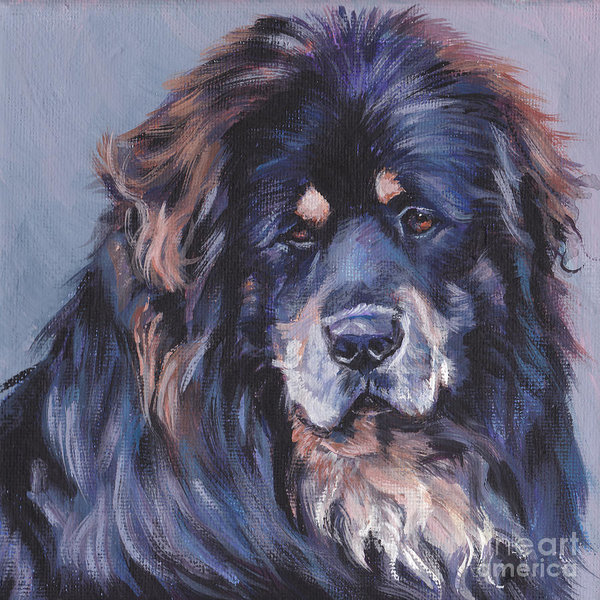
When a “new” breed is accepted by the AKC, it’s human nature to regard the breed as “new’ to the planet because it’s new to us. Unfamiliarity can breed novelty, and such was the case when the Tibetan Mastiff first entered AKC show rings in 2006. Needless to say, now we known that Tibetan Mastiffs have been around a very long time. Indeed, the Do-khyi (its Tibetan name) is so ancient, and its country of origin isolated for so long that its history remains shrouded in mystery. Science, however, has offered up a clue.
In 2008, the Agricultural University Laboratory of Animal Reproductive Genetic and Molecular Evolution in Nanjing, China, released the results of a study that was conducted to determine when dog breeds began to split off (genetically speaking) from the wolf. That abstract, entitled, Origin and phylogenetic analysis of Tibetan Mastiff based on the Mitochondrial DNA Sequence, can be read here. In a nutshell, it found that while the majority of breeds split off around 42,000 years ago, the Tibetan Mastiff split from the wolf far earlier, around 58,000 years ago. This makes it one of the first discernable dog breeds in existence, one that developed simultaneously and alongside the wolf years before other dog breeds began their own evolutions. Many cynologists believe that Tibetan Mastiffs are the progenitor of all modern mastiffs.
Yeah, it’s that old.
It was certainly an ancient breed when the Prince of Wales (later King Edward VII) exhibited “Siring,” at the Alexandra Palace Show in 1875. The dog was one of a pair sent to Queen Victoria by Lord Harding. The Kennel Club had been formed two years prior, its studbook containing the pedigrees of 4,027 dogs. It was there that the official classification for the “large dog from Tibet” was designated for the first time: The Tibetan Mastiff.
Image: Tibetan Mastiff by LA Shepherd
www.facebook.com/L.A.ShepardArt
http://fineartamerica.com/profiles/lee-ann-shepard.html
www.etsy.com/shop/TheDogLover
